Editor
Introduction to Trading Card Games
If you think card games are a thing of the past, well think again. Collectible card games have a lot of fans among grownups and it’s an industry that still sells millions around the world. Collectors spend as much money for cards as those who play video games. Other video game franchises also have trading card versions.
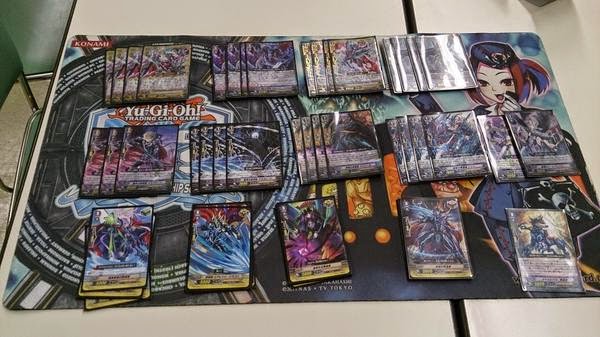
Origin of Trading Card Games
Known as TCG, it’s also called the collectible card game. It started in 1993 as a different type of playing cards similar to a 52-card deck. Card games have been recorded since the 12th century. There were baseball card collectibles in the early 1900s but there were no definite rules on how to play them.
The rules employed in TCG are much more complex and the cards vary. It’s like playing a strategy tabletop game. TCG is different from another type of game called deck-building game in which players use the cards as a sort of currency during a game.
The player collects cards with different attributes and features by random. Players can also trade cards or packs.
The first TCG was Magic: The Gathering by Richard Garfield. It is still considered today as the best TCG.

How Do I Play
Beginners can usually start with an intro deck consisting of basic cards that can be put into play. By collecting more cards, trading with other players and buying booster packs, the player can have more choices during the duels.
Cards usually contain instructions on how they are used. The different TCGs have their own set of rules, but we’ll be using Magic: The Gathering or MTG as an example.
The players begin the game with a life of 20 points each. Each one must have at least 60 cards. Once a player’s life is at zero, the remaining player will win. They take turns attacking each other using creatures and casting spells. In MTG, there are seven types of cards, namely; land, creature for attacking and defending, artifacts for equipment and items, enchantment, planeswalker which has abilities different from creatures, and sorcery and instants which can both be cast only once. The rules take time to master, but once you know how the cards work, you will be hooked. To cast spells for example, you have to understand how mana works. In MTG, you have to cast cards called lands to obtain mana.

The Best Trading Card Games of All Time
If you want to give TCG a shot, here are the best games you should check out. Some of these games also have digital versions.
1. Magic: The Gathering
2. Yu-Gi-Oh!
3. Pokemon
4. Duel Masters
5. HEX: Shards of Fate
6. World of Warcraft
7. Scrolls
8. Urban Rivals
9. Legend of the Five Rings
10. Vampire: The Eternal Struggle
11. Star Wars: The Card Game
12. Middle-Earth Collectible Card Game
13. Shadowfist
14. Android: Netrunner
Essential Items Men Should Have
You don’t have to be vain to consider owning these items. Not only will they help your appearance, but you’ll feel more confident as well.

Wristwatch. Invest in a quality wristwatch. That is the only accessory, besides your wedding ring, respectable-looking man will ever need to make a good impression.
Cologne. Having your own signature scent can be attractive to the ladies. Don’t pick a bottle randomly. Find a scent that matches your personality and lifestyle and make it your own.
Wallet. Not all men like the idea of carrying huge bags to work, but you will still need a wallet for important small items like your cards. A well-made leather wallet can last for a long time.
Travel Bag. Whether you choose a sling bag or a back pack, always have an extra bag for traveling separate from the one you bring to the office.
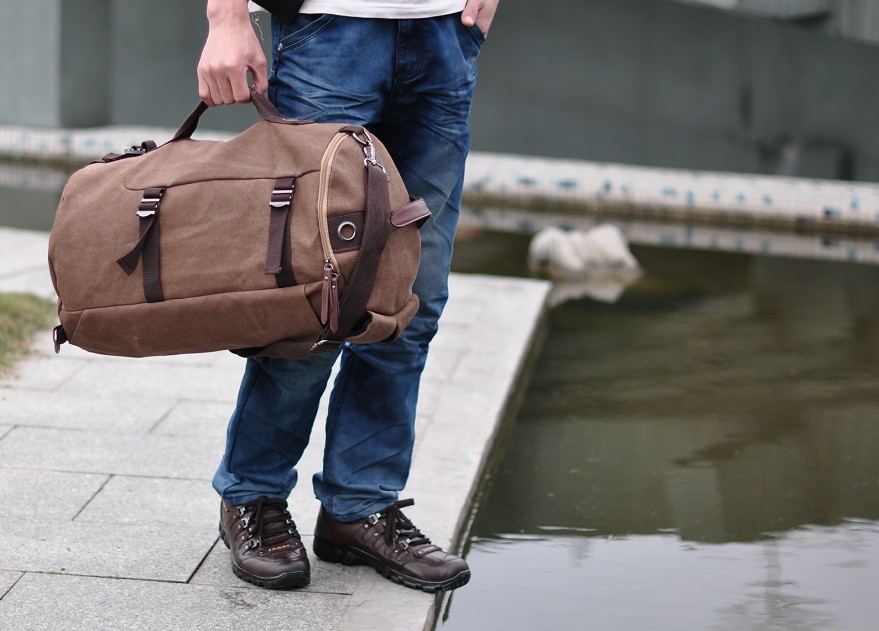
Grooming Kit. Yes, there are grooming kits made especially for men. Included in the set should be a comb, nail clippers, hair styling products like gel and lip balm.
Dopp Kit. The name comes from the man who invented the pouches for toiletry of soldiers. It’s similar to your grooming kit too. The set should include shampoo, deodorant, soap and facial wash, toothbrush and toothpaste, lotion and a shaving kit.
Sunglasses. The weather in Singapore can be harsh on your body including your eyes. Squinting isn’t stylish either. You can also hide dark spots under the eyes by wearing shades.

Toolbox. You should always be ready for emergencies and repairs at home. Have screwdrivers, hammer, pliers, power tools and other items handy. Place them in a container that is easy to store and carry.
Multipurpose Tool. You can’t bring your toolbox at the office so you should at least have a pocket tool for emergencies. Pick a Swiss knife or a pocket knife. A small bottle opener can also be handy during special occasions.
Journal and Pen. Even if you can use your smartphone to record data, you might still need pen and paper to write down information quickly. There are journals that look sleek and stylish and can fit in your pockets.
Full-Sized Umbrella. You wouldn’t want to walk under the rain and get your clothes soaked. Choose a black umbrella if you’re worried about colors and patterns that stand out.
Headphones/Earphones. If you love listening to music while you work, you should have headphones in your bag. You can also choose earphones with built-in mic to answer calls.
Factors to Consider Before Deciding to Own a Pet
Having a pet at home offers enormous health, social and emotional benefits. In fact, even just seeing mine run around the house is already enough to inspire me to start each day right. But I have to say though that being a pet owner is not for everyone. So if you’re thinking of getting a pet, here are some factors that you should first consider before you bring one home.

1. Time to Care for Pets
One of the most important factors you should consider before becoming a pet owner is if you actually have the time to care for your chosen pet. Caring for domestic pets like cats and dogs will require a considerable amount of your time and attention. This is especially true for dogs, since they tend to feel lonely when left alone for longer periods. If you won’t be able to devote enough time to interact or play with your pet, then consider getting pets that are less demanding with time and attention, such as a fish.
2. Cost of Caring for Pets
Ensuring the health of pets like birds, cats and dogs can be costly, especially if they get injured or ill. Consider talking to other pet owners to get a good idea of the cost of veterinary care. By doing this, you can set the right budget for both regular and emergency veterinary visits.
3. Suitable Environment
Different pets require different environments. While pets like gerbils, cats and fishes are fine with almost any type of dwelling, dogs tend to do better in certain environments. They can be happy in both high-rise buildings and houses as long as there’s an access to outdoor parks. Also, remember that not all buildings and establishments in Singapore allow pets so be sure to check with your building rules first before you proceed on bringing one home.

4. Allergic Reactions
Certain pets won’t be appropriate for your home if you or any member of the family have allergies. Guinea pigs, rabbits, cats and certain breeds of dogs do well with children, but some canine breeds might not be suitable for families with infants. Before taking any pet home, have every member of the household exposed to it first to check if anyone might be allergic.
5. Pet Trainings
Another area that you should be honest with yourself is whether or not you have enough time and ability to train your pet. Certain pets (such as dogs) require a lot of training, while there some that won’t involve any amount of training at all. If you’re a first-time dog owner, see if you and your dog can take an obedience training to know more about proper dog ownership and improve the habits of your dog.
The rewards of owning a pet are great, but do keep in mind that being a pet owner comes with responsibilities too. As long as you have realistic expectations about owning a pet, and make due preparations, then the joy and personal growth you’ll experience with your pet will be limitless.
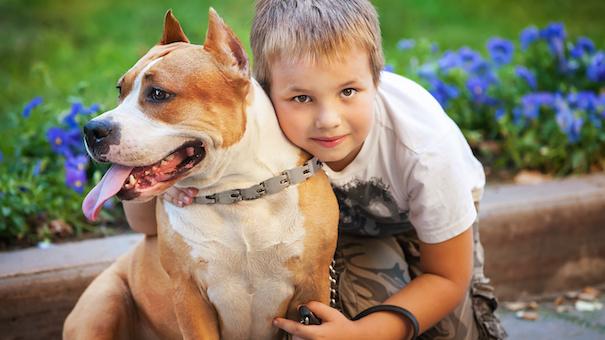
Parenting Mistakes That Could Harm a Child’s Well-Being
Being a parent can be a really tough job. Not only must they lead their children to adulthood, they also need to act as their guardians to keep them safe from mental and physical harm. The balance between these two can be quite difficult to achieve, and even with the best intentions, it’s still possible to commit mistakes that could negatively impact the well-being and growth of your children. By being aware of these pitfalls, however, you can hopefully avoid committing them and keep your children safe from its long-term harm.

1. Imposing Your Will on Them
As a determined parent, it’s only natural that you want your children to follow in your footsteps. There might be some unhealthy psychological reasons behind this, however, such living vicariously through their actions or controlling them. Either way, it’s crucial to ensure that you don’t rashly impose your will on your children, as this could cause them to take on a path that leads to discontent or failure. Instead, simply offer them an objective advice when they need one and refrain from influencing their decisions.
2. Stopping Them From Taking Risks
Learning how to take calculated risks is an important part of adulthood, and keeping your child from learning such a crucial life lesson could negatively impact his or her well-being later on. It may be your duty to protect the mental and physical well-being of your child, but do consider balancing your approach if you’re to achieve your parenting goal. Understand that children need to take on risks to build independence and develop their maturity.

3. Letting Guilt Interfere With Your Parenting
Other than fear, guilt is another factor that prevents effective parenting. This is especially true for first-time parents who don’t want to disappoint or upset their kids even in situations where their demands are not in their best interest. Such mistake is evident on a spoiled child who has a high sense of entitlement, which breeds traits like selfishness and arrogance later in life. So as early as possible, avoid yielding into such an irrational sense of guilt whenever you can’t give or follow what your child wants.
4. Rescuing Them Too Quickly
Another parenting mistake that could negatively impact your child’s well-being is rescuing them too quickly from their problems. While it may help in immediately resolving their issues, over-indulging your kids with your assistance will prevent them from navigating through the hardships and solving problems on their own. Your child will likely get used to having someone rescue them from their troubles, and that will keep them from becoming competent and independent adults later on.
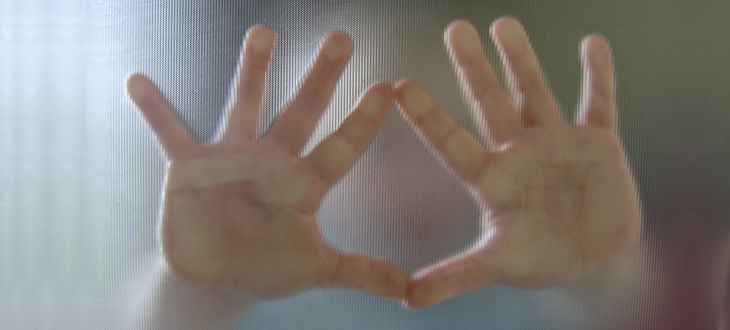
While it’s a parent’s duty to help and protect their children, it’d be best to avoid committing any of these mistakes to help your kids foster their well-being and develop independence.
What is Hairstyling?
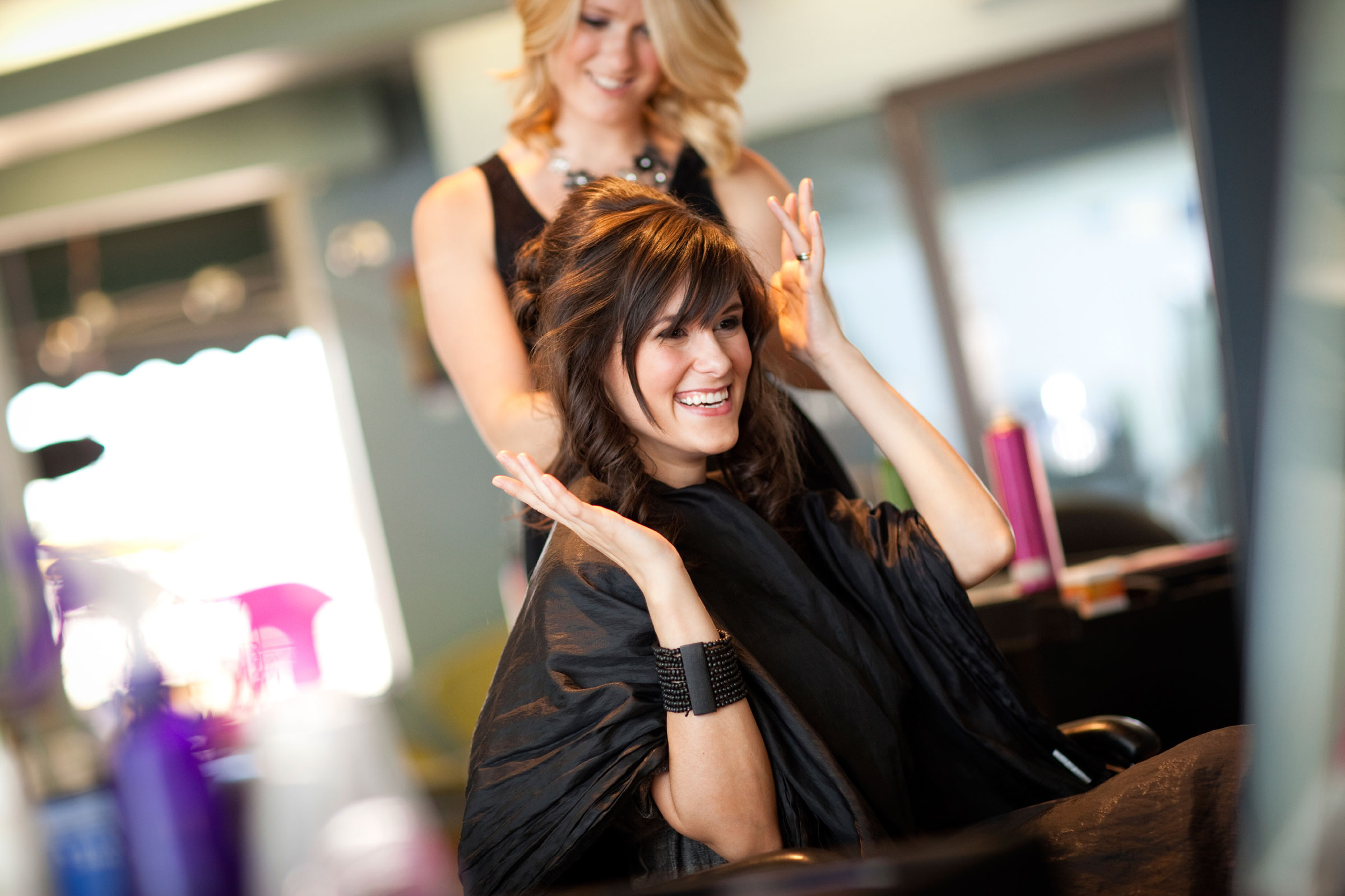
Between skin care products and hairstyling chemicals, it’s difficult to say which one will come out the winner as the most important beauty regimen, but it’s clear that the beauty industry is here to stay. Humans have been obsessed with styling their hair as much as making their skin beautiful, that is why the hair salon is a popular business venture.
Let’s look at the history, tools and techniques of hairstyling.
Hairstyling History
No one knows for sure how our ancestors styled their hair when the hair salon didn’t yet exist during the Stone Age, but experts think that the people cut their hair using sharp flint or shells. The fashionable ancient Egyptians chose to shave their heads so they can wear wigs instead, if they didn’t color it with henna. For the ancient Greeks, hairstyling was an art form and it became part of cosmetics, which comes from the word “cosmetikos,” meaning “skilled in the use of cosmetics.” They were also the first people to use artificial curlers using bronze rods. The Romans added meaning to the color of the hair, because it was a symbol of your class. The nobles dyed their hair red, the commoners blonde, and the poor black.
Hairstyling as a profession became more important, however, when the Roman Catholic church issued a decree that all facial hair should be removed by the clergymen. During the Renaissance, the women shaved their hairline so that their foreheads appeared bigger. It was not until the 1600s when the word “hairdresser” was used the name for the profession. At this time too, a male monarch popularized the use of wigs to hide his thinning hair, a trend that lasted for over a century until taxes were imposed on the use of male wigs.
In 1762, the word “shampoo” was coined to describe the chemical made from boiling soap in water sprinkled with herbs and fragrances. It wasn’t until 1952, however, when the first liquid shampoo was manufactured. In 1790, the aerosol hairspray was used and in 1845, hot metal combs were invented to straighten unruly hair.
In 1907, the first synthetic hair dye was marketed, and years later the women’s razor and Bobby pins came into use. In 1928, a product made from beeswax, mineral oil, and water is marketed as a hairstyling product for men. Finally, in 1980, a modern version of the curling iron became available.
Hairstylist, Haidresser and Barber
Is there a difference in what the hairstylist, hairdresser and barber do? The three names have different origins, but nowadays, their job descriptions overlap. The main concern of a Singapore hair salon used to be the hair design, while it was the hairdresser’s job to do the cutting, dyeing, and shampooing of hair. The barber, on the other hand, was responsible for shaving, cutting, styling, grooming, and dressing men’s hair. There was even a time when barbers also performed dentistry and surgery on their clients.
Today, all hairstylists, hairdressers and barbers can do all the jobs at any hair salon in Singapore. Their duties at the hair salon include shampooing, cutting, trimming, coloring, perming, and styling hair, wigs, extensions and hairpieces; shaving, trimming, and shaping mustaches and beards; analyzing hair and scalp problems and suggesting treatments; and suggesting hairstyles for their clients.
They are also responsible in keeping the hair salon clean and organized. The best hair salon in Singapore cleans and sterilizes all their styling tools and equipment regularly to avoid the spread of infection. When choosing a hairstylist, make sure that he/she knows all the latest hair trends and talks to you about the look you want to achieve. A good hairstylist will also give you pointers on how to maintain healthy hair and scalp by recommending a styling routine and a set of hair care products.

Hairstyling Tools
The hairstylist uses a lot of hair products made from natural and synthetic chemicals to change, improve or style your hair. However, the items below are the most common tools you will find at the hair salon.
1. Combs and brushes are for detangling, smoothing, styling, and finishing hair.
2. Curling iron is used in a hair salon to change the curl pattern of your hair temporarily. The hair shafts are exposed to heat and can be styled any way you want.
3. Flat iron is similar to the curling iron, but instead of curling, it straightens your hair or parts of your hair temporarily. It is also used to straighten kinks when the hair is treated with straightening chemicals.
4. Blow-dryer is the most important styling tool in any hair salon in Singapore. It is a type of heating tool used to dry damp hair quickly.
Hairstyling Techniques
There are hundreds of hairstyles available today for any type of hair that can be achieved at the hair salon. But what techniques do the hairstylists use to create those hairstyles? Here are a few.
1. Knowing the hair type and texture. Hair type and hair texture will determine the best way to style your hair. Your hair type is determined by your genes and can either be straight, wavy, curly, and kinky. You will know you’re in the best hair salon in Singapore if the stylists take their time to give you a consultation before any procedure is recommended.
2. Proper blow-drying. A good blowout will give make your hair appear healthier, full-bodied, and shiny. The hairstylist also has to consider your hair type when using the blow-dryer to avoid frizz. That is why the hair salon has to apply a conditioner or moisturizer for your hair before blow-drying.
3. Proper curling and straightening. A good hair salon uses only the safe ceramic curler to add luster and silkiness to your hair. The hairstylist will adjust the heat settings based on your hair type to avoid burns, frizz and other damage. The same is true when straightening your hair using heating tools. The hairstylist will usually begin with the hair near your nape and work slowly up.

